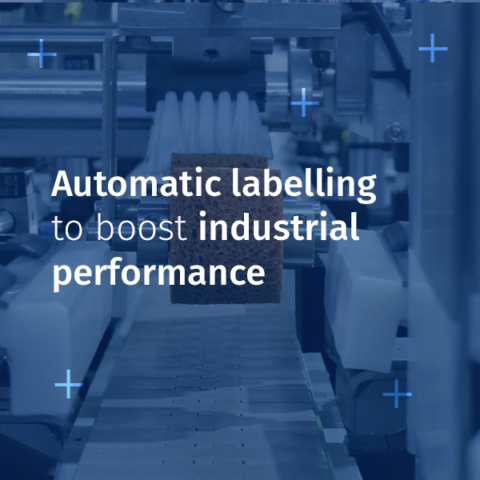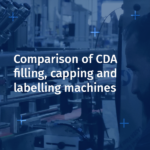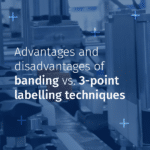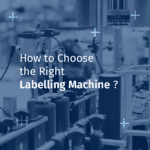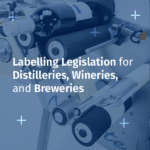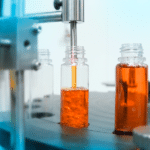Automatic labelling has emerged as a cornerstone of industrial automation. This technology enhances efficiency, accuracy, and speed throughout production, storage, and distribution processes. Driven by the rise of Industry 4.0, it has become a vital tool for companies aiming to optimise operations while reducing human error and operational costs.
What is automatic labelling?
Automatic labelling refers to the process of applying labels to products or packaging without the need for manual intervention. It is supported by a combination of technologies:
- Labelling machines: semi-automatic or fully automatic, suited to various product shapes (cylindrical, conical, flat).
- Control software: for managing print data, label personalisation, and traceability.
- Sensors and vision systems: to ensure precise placement and quality control.
- Automated arms and robots: integrated into full production lines.
The process typically includes label design, printing (thermal, inkjet, or laser), product detection, application, and final verification.
Key advantages of automatic labelling
- Time-saving: Automating the labelling process can label hundreds or even thousands of products per hour, speeding up production and logistics.
- Error reduction: Data is input once and used throughout, minimising human error.
- Cost efficiency: Fewer manual tasks, reduced waste, and smoother workflows.
- Enhanced traceability: Labels can include barcodes, QR codes, or batch references, making product tracking easier across the supply chain.
Sectors most affected
Cosmetics & personal care
Cosmetic products often require multi-sided, highly precise labelling that meets strict regulatory standards. Automation offers excellent flexibility for varied bottle shapes and small formats.
Chemical industry
Labelling in the chemical sector demands high reliability, particularly for hazardous or regulated substances. Automatic machines ensure durable, compliant labelling, even on large containers or uneven surfaces.
Food & pharmaceutical industries
These sectors operate under tight regulations concerning safety, traceability, and product information. Automatic labelling ensures consistency and compliance, even at high output rates.
Challenges to consider
- Adaptability: Systems must accommodate a wide variety of product shapes, sizes, and materials (glass, plastic, cardboard).
- Initial investment: Machinery and integration can represent a significant upfront cost.
- Maintenance and training: Equipment must be properly maintained and staff appropriately trained.
Trends and innovations
- Smart labels & RFID: Enable real-time inventory tracking and contactless data reading.
- Advanced automation: AI-driven systems that adjust settings dynamically for greater efficiency.
- Sustainability: Use of recyclable materials and biodegradable adhesives is becoming the norm.
Real-world success stories
Numerous companies in cosmetics and food production have adopted automatic labelling in their industrial workflows. CDA has supported clients with tailored solutions such as the Ninon Mix and Ninon 1500, both well-suited to complete packaging lines.
Conclusion
Automatic labelling is more than a time-saver—it’s a strategic asset for modern enterprises. Its adaptability, reliability, and continuous innovation make it a cornerstone of industrial digitalisation and an enabler of high-performance logistics operations.
